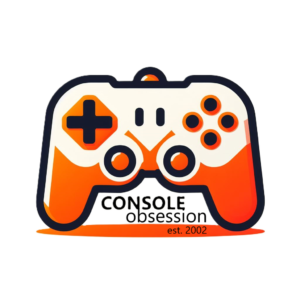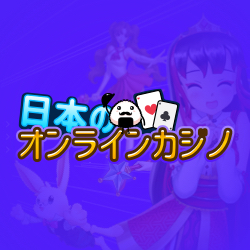Sonic Chronicles: The Dark Brotherhood DS Review
This was a collaboration that a lot of Sonic fans were looking forward to – the blue hedgehog and his large roster of friends (and enemies) in a game created by RPG specialists BioWare. Can Sonic cut it in the world of hidden dice rolls and grinding?
Play starts in Green Hill Zone, complete with signature loops and lots of gold rings to collect. Knuckles has gone missing and so it’s up to Sonic to find him. Movement is controlled with the stylus, and moving further away from the character will make them run. Over time, Sonic will meet more familiar characters to add to his party, with up to four at a time that can be switched between by touching their head icon. This is important to make use of their differing abilities – Sonic can zoom around the aforementioned loops to reach new platforms, Tails can fly, Knuckles can climb walls and so on. An icon will appear onscreen to show where an ability needs to be used, greyed out if the current character cannot perform the action.
The gold rings can be used to purchase items from shops, or spent to give the player another chance at a combat encounter they have failed. Also hidden around the sectors are Chao eggs. A short time after finding them, the egg will hatch and a new Chao will be available. From the Chao menu, the player can discover their ability (such as recovering HP, or causing Fire-based damage) and “bond” them to a character in the party. In an interesting twist, Chao can be traded via a wireless connection to another player with their own copy of the game. Helpfully, a counter in each area tells you how many rings and Chao eggs are to be found. It is also worth exploring to find equipment boxes; opening them rewards the player with Items such as Health Seeds (for restoring a character’s Hit Points) and POW Candy.
Being an RPG, there are monsters wandering around looking for a fight. Running into a monster switches action to the battle screen. Here the characters are shown in 3D, the enemies at the top and the heroes at the foot of the bottom screen. The top screen shows stats on the characters and the enemies, most importantly the remaining Hit Points (HP). For each round there are several options to select, a process made easier by the touchscreen. Items can be used in battle, to recover HP or gain other advantages. Attack is a simple physical attack, while Defend helps protect the character and recover Power Points (PP).
PP can be expended to perform POW Moves, varying according to the character. These include characters teaming up to perform a special move, ways of distracting or stunning the enemy to reduce their attack power or to heal allies. Each move requires a sequence of actions to be performed on the touchscreen. It may be as simple as tapping a circle, in a similar manner to the Ouendan/Elite Beat Agents style. (The outer circle zooms in, and when it reaches the inner circle, that is the correct time to tap). It could be following a moving circle along a path of dots, or repeatedly tapping a circle to turn all its red lights green. A perfect combo will do the most damage or give the best results. The player can also defend against the enemy’s POW Moves in a similar fashion using the touchscreen.
Depending on the circumstances, either side may try to Flee the battle. This brings up a sideways scrolling sequence, with the four characters in the party running along a landscape filled with crates, rings and speed pads. Touching a character makes them jump to avoid a crate or collect a ring. If the player is fleeing, they have to reach the end of the course before the enemies catch up. If the enemies are fleeing, the player has to catch them before they reach the end to escape.
Split into chapters, the story helps to drive the action along without being overly complicated. Sonic and his friends will find themselves working alongside an old enemy, travelling into space and trying to track down the Chaos Emeralds. Interacting with characters often leads to the dialogue sequence. Here Sonic is given a choice of what to say, with different icons steering the conversation in different ways. Choosing a question mark will make Sonic ask a question, providing extra background on the quest and characters. Choosing a Sonic head icon is the quickest way back to the action, but it is worth learning more. Talking to certain non-player characters will also trigger the puzzle sequences. These mainly consist of activating a series of switches in the correct order, but are a nice addition to the game. Experience Points (XP) earned from solving the puzzles and defeating enemies allow the characters to level up, improving basic stats (Speed, Attack, Defence, and Luck that determine the outcome of combat) and giving the chance to purchase new POW Moves or increase the strength of existing ones.
Viewed from an isometric perspective, the landscapes are very well designed and each section has its own unique identity. The map screen helps navigation by pointing out mission targets as stars, although the route to reach them can be complicated. The battle scenes are effective too, with some nice special effects as the POW Moves are unleashed. Sound suits the action without being too intrusive, a background theme looping for each area. The result is a vibrant game world fitting the characters well.
The stylus controls of the DS and the ability to save anywhere make this a very portable game. The game mechanics are easy to learn too. The story is fun without being too deep, and the only major negative point is the repetitive nature of the touchscreen sequences used in the battles. BioWare has done a very good job of transferring Sonic into the RPG genre, and this is a worthwhile purchase. Here’s hoping for a sequel.
8/10







